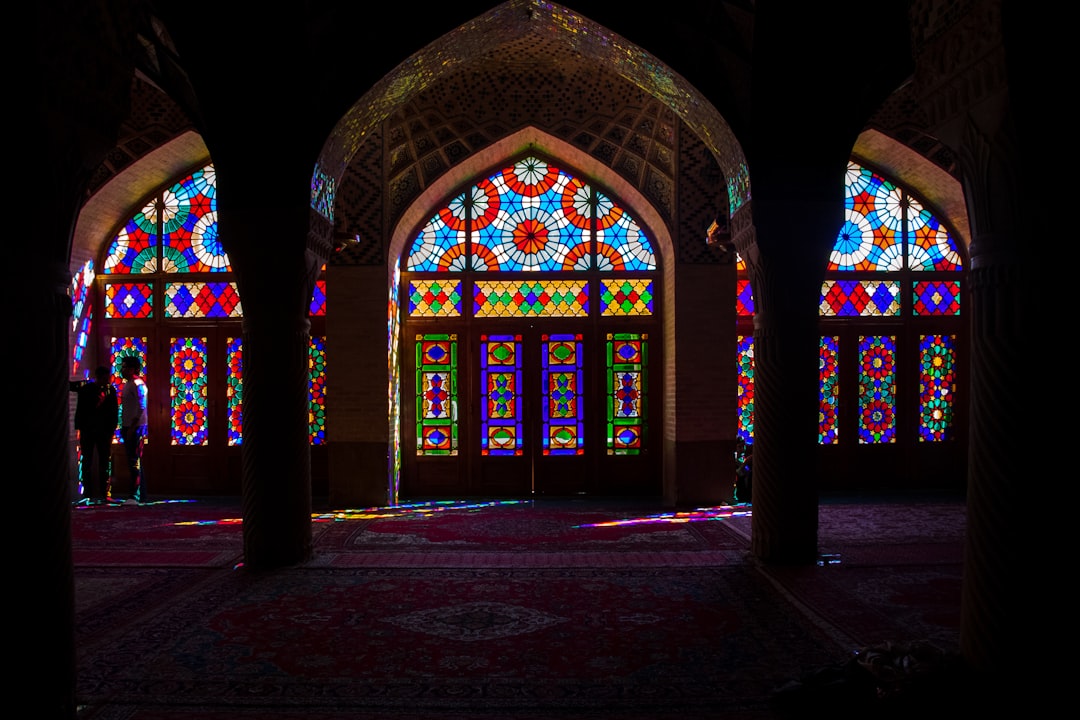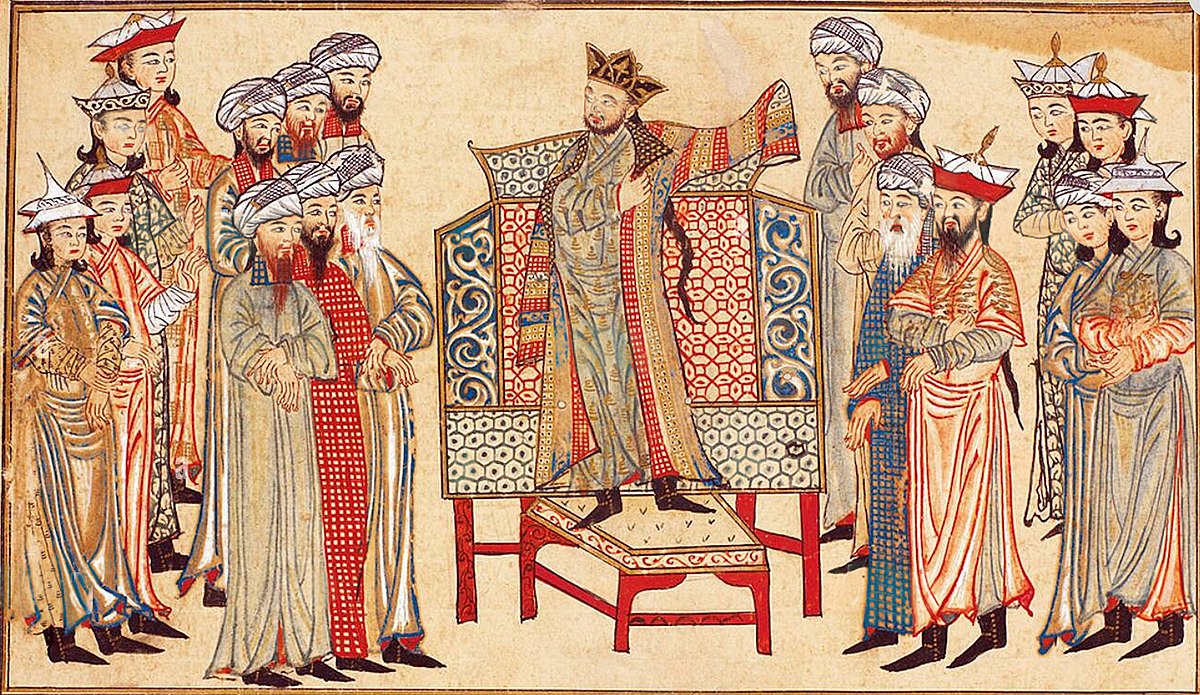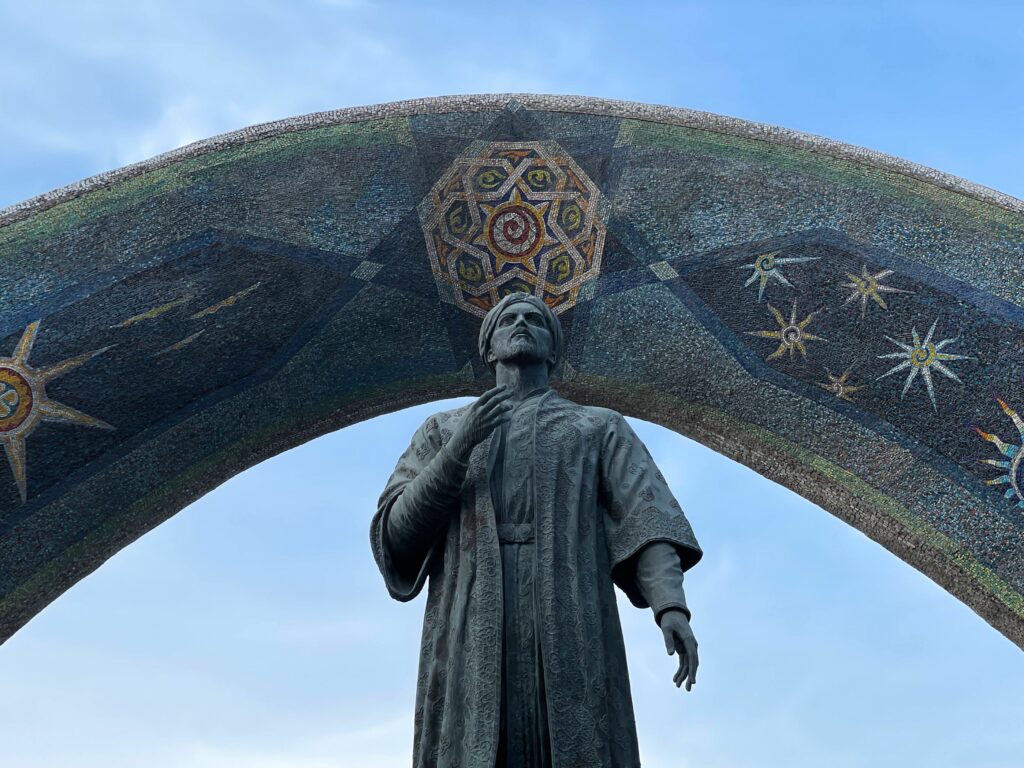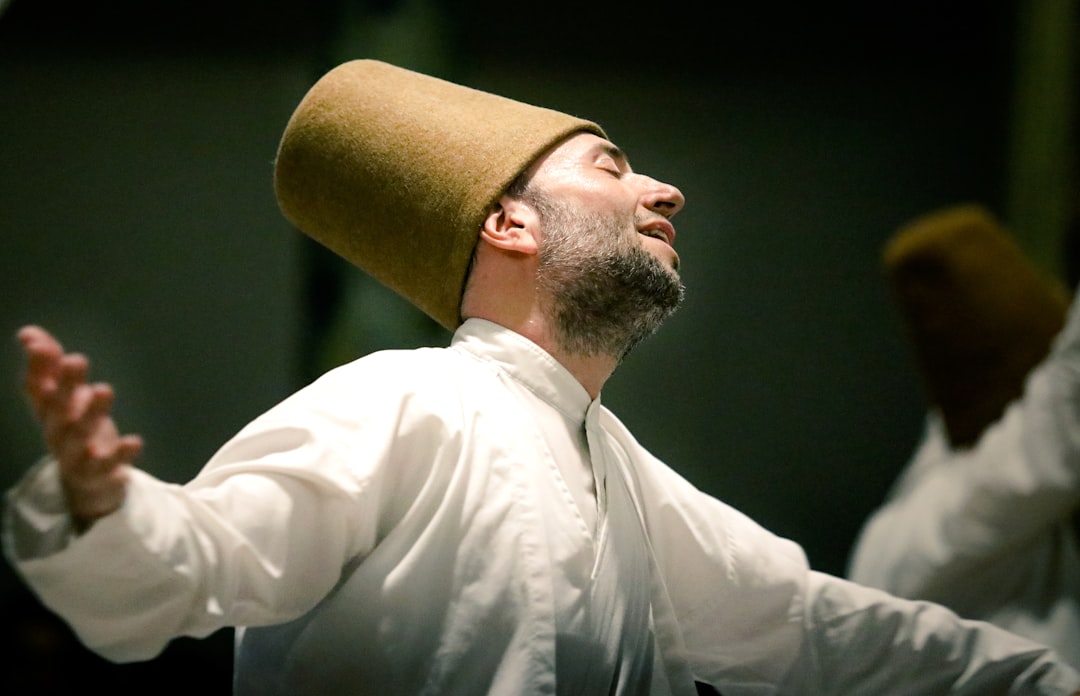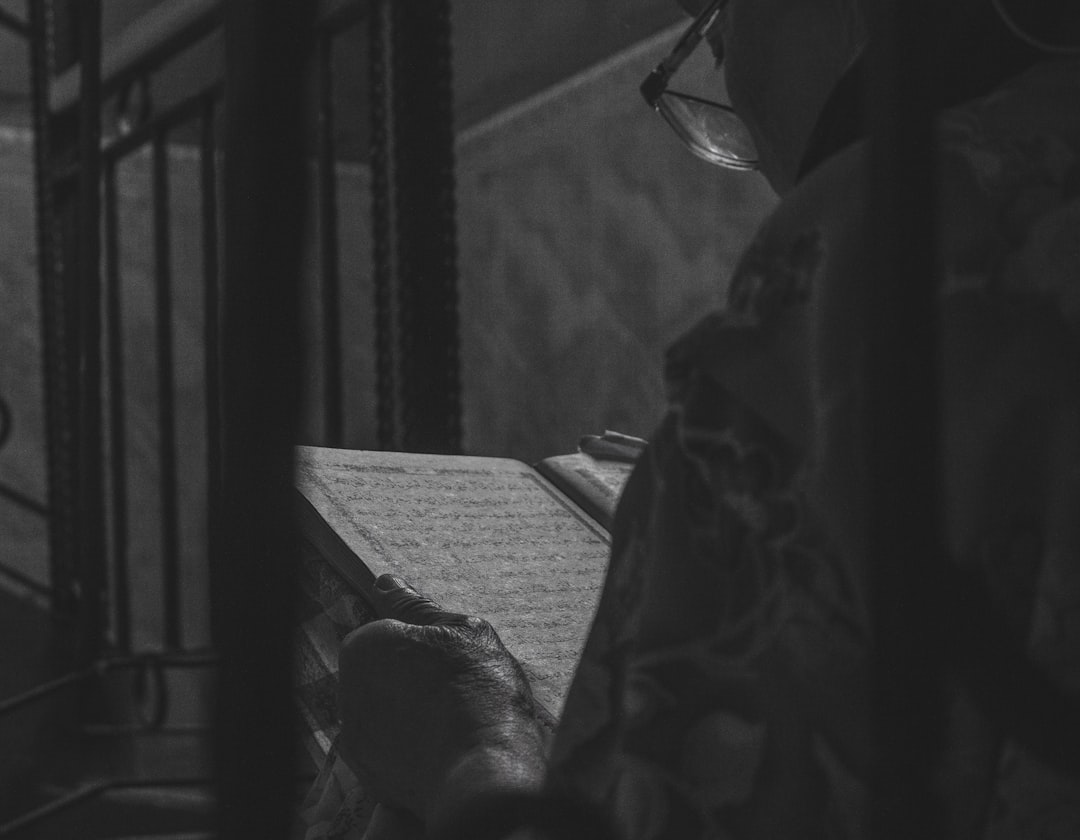Anvari: The Celebrated (and Feared) Master of the Qasida
Introduction
In the grand tradition of Persian courtly verse, few names loom as large—or cast as long a shadow—as Anvari (Awhad ad-Dīn ʿAlī ibn Muḥammad Anvarī, c. 1126–1189 CE). Celebrated for his dazzling command of language and intricate rhetorical flourishes, yet feared for the scathing sharpness of his satire, Anvari …
Manuchehri Damghani: Master of Stanzaic Poems and Nature Descriptions
Introduction
In the rich tapestry of classical Persian literature, Manuchehri Damghani (fl. mid-11th century) stands out as a master of tightly woven stanzaic poetry and vivid nature descriptions. Celebrated for his elegant qasīdas (panegyric odes) and ingenious mathnawī stanzas, Manuchehri brought the beauties of the natural world—garden blooms, migrating birds, …
Courtly Praise and Nature's Beauty: The Ghaznavid Poets (Unsuri, Farrukhi)
Introduction
In the glittering courts of the Ghaznavid Empire (977–1186 CE), poetry was more than ornamentation—it was the very heartbeat of political and cultural life. Two of the era’s brightest stars, Ashraf al-Dīn ‘Unsurī and Farrukhī Sīstānī, perfected the art of blending courtly praise with vivid depictions of nature. …
Rudaki: Piecing Together the Father of Persian Poetry
Introduction
Long before the glittering epics of Ferdowsi or the transcendent verses of Hafez, there lived a poet whose verses formed the bedrock of Persian literary tradition. Abu Abd Allah Ja‘far ibn Muhammad Rudaki—simply known as Rudaki—has come down to us as the “Father of Persian Poetry.” Yet, piecing together …
Persian Literature’s Enduring Imprint on Turkish Cultural Evolution
The historical influence of Persian literature on Turkish culture constitutes a millennium-long process of linguistic, artistic, and intellectual synthesis. From the Samanid-era revival of Persian as a literary lingua franca to the Ottoman Empire’s adoption of Persianate courtly norms, this cross-cultural exchange shaped Turkish identity, governance, and spiritual expression. The …
The Samanid, Seljuk, and Ottoman Courts as Catalysts for Persian Literary Hegemony
The propagation of Persian literature across West Asia and Anatolia owes much to the strategic cultural policies of three Turkic-dominated dynasties: the Samanids, Seljuks, and Ottomans. While differing in their political structures and geographic scopes, these empires collectively elevated Persian from a regional vernacular to a lingua franca of administration, …
The Birthplace of Persian Poetry: The Significance of the Samanid Era
Long before the grandeur of the Safavids or the mystic outpourings of Rūmī, a small Iranian dynasty in the heart of Central Asia ignited a brilliant literary flame. The Samanid era (819–999 CE) laid the cultural and linguistic foundations for what we now know as classical Persian poetry. Here’s how …
A Fruitful Encounter: The Interplay Between Early Arabic and Persian Poetics
When the pen meets the page, it carries not just ink but centuries of cultural exchange. In the medieval Islamic world, Arabic and Persian poets entered a dynamic dialogue—borrowing rhythms, forms, and imagery—that forged two of the planet’s richest literary traditions. This “fruitful encounter” reshaped the very idea of what …

